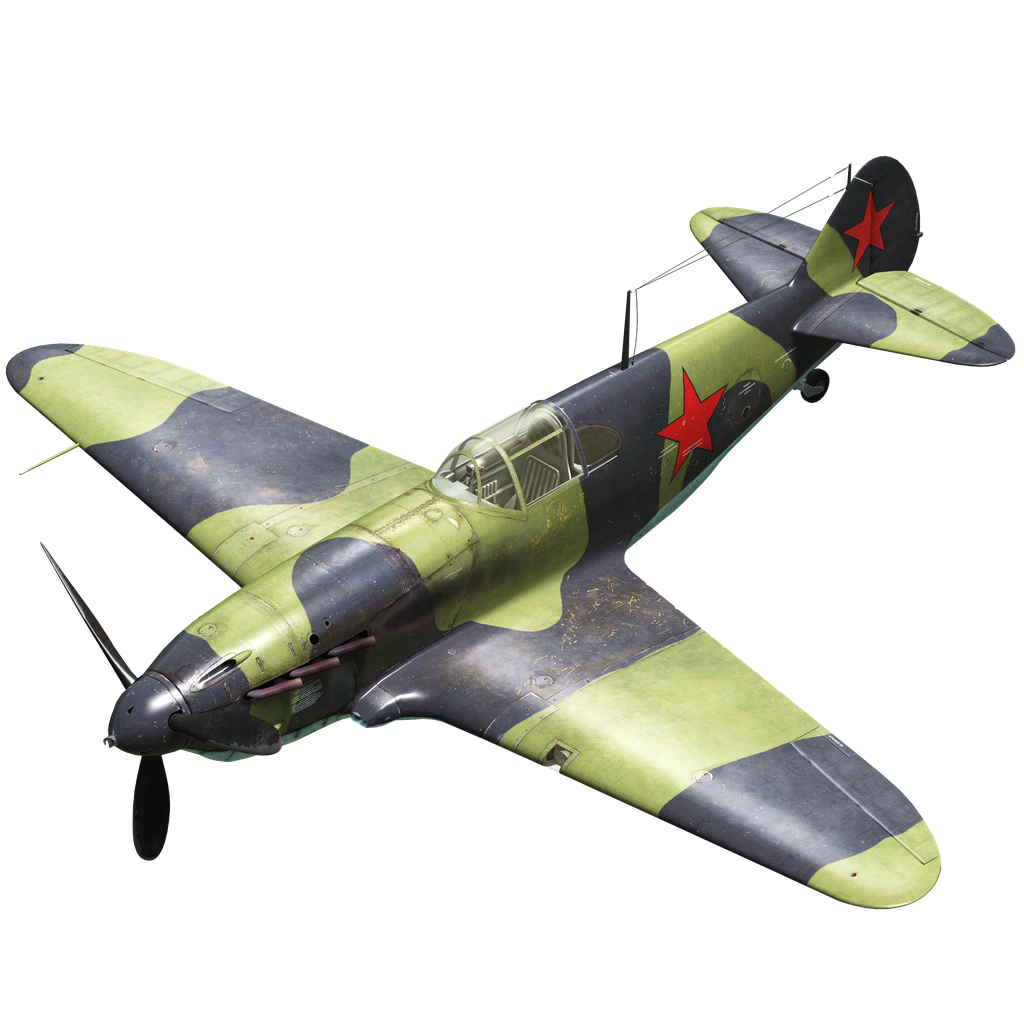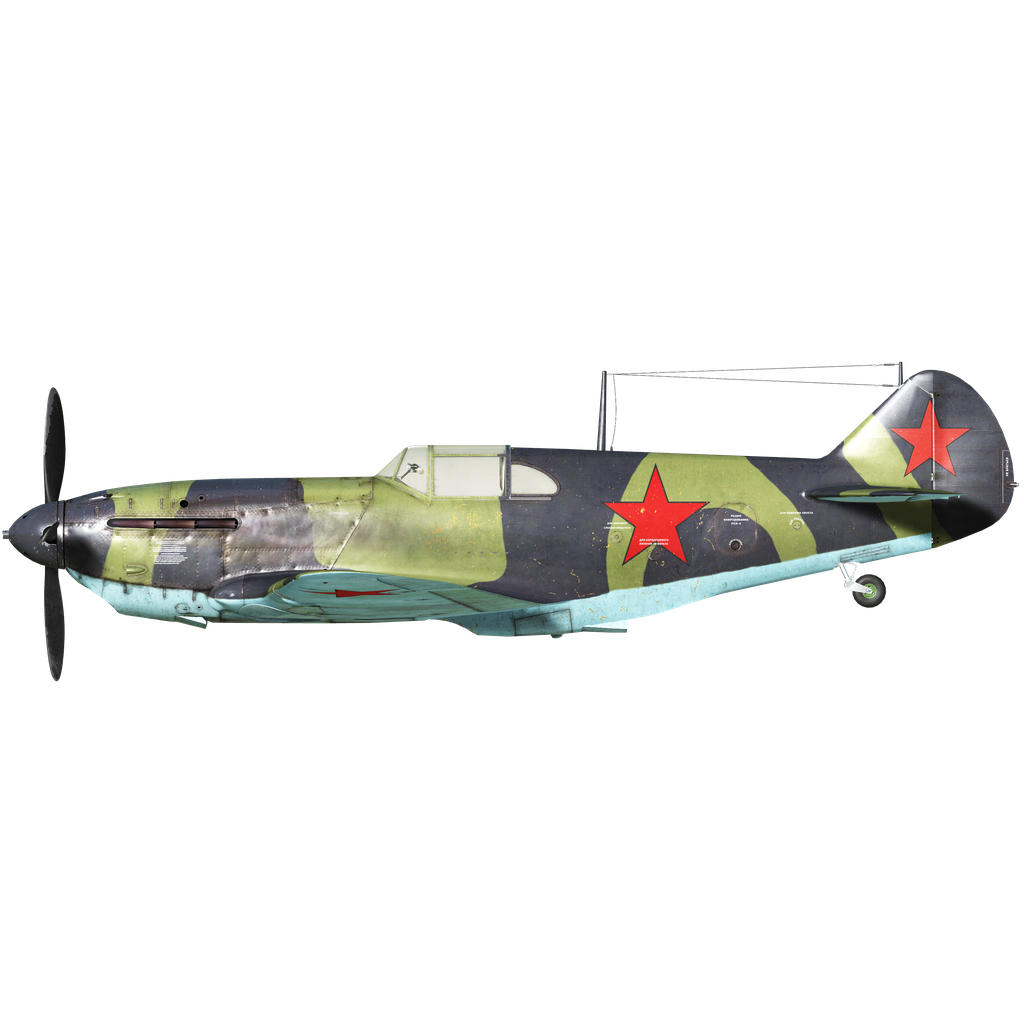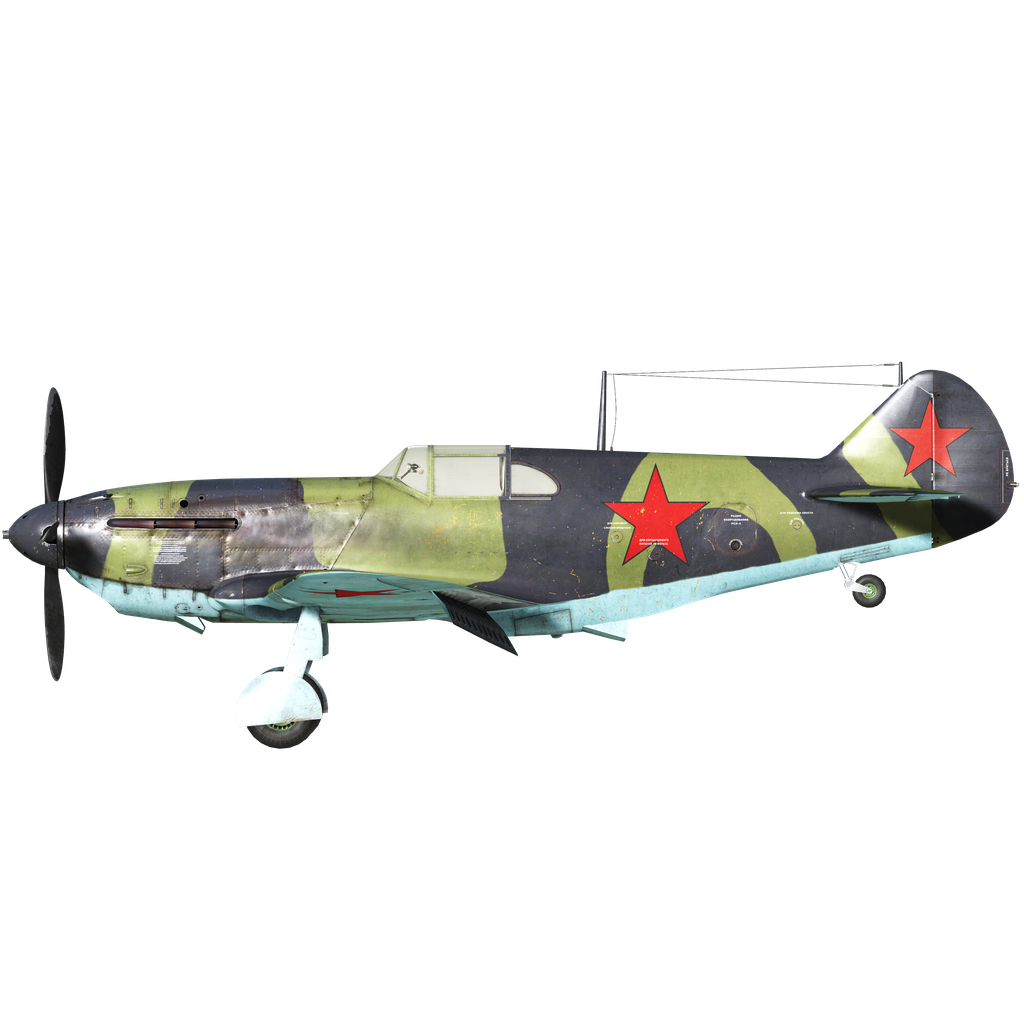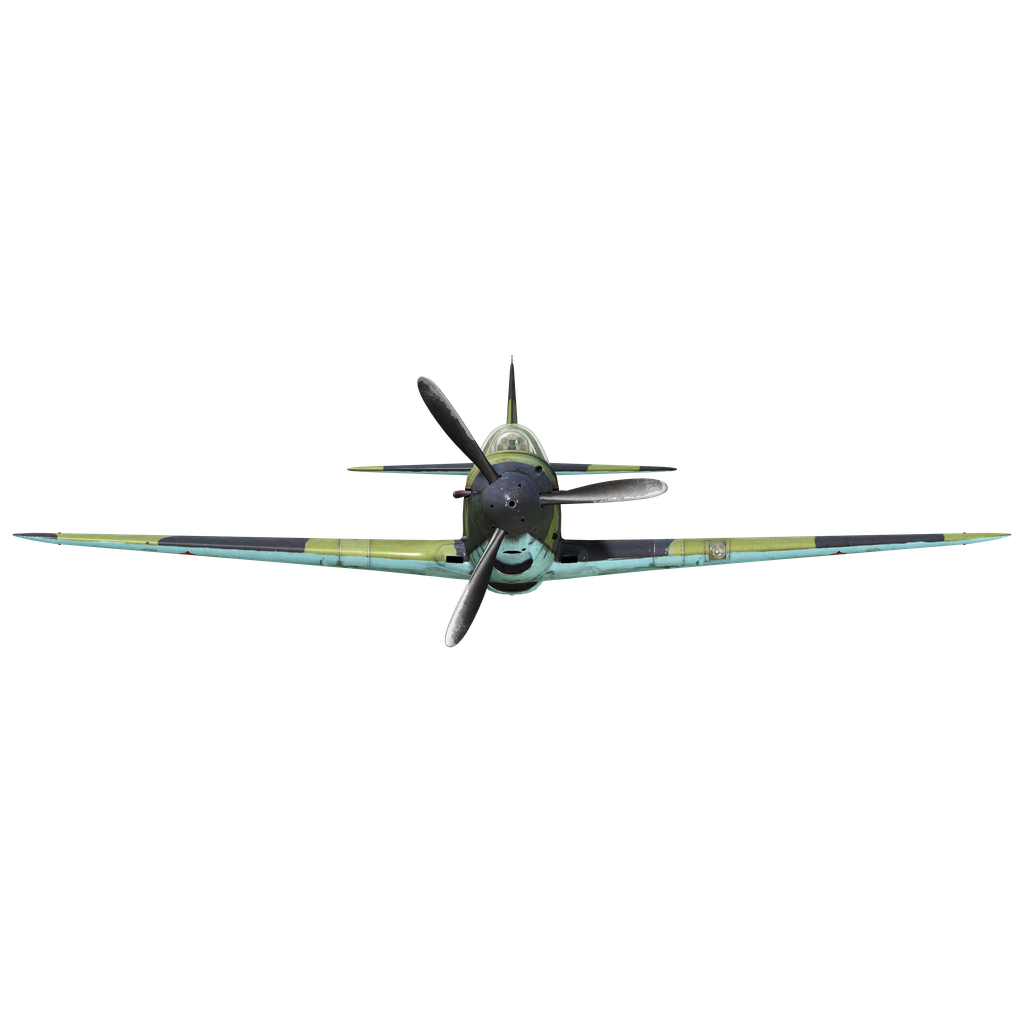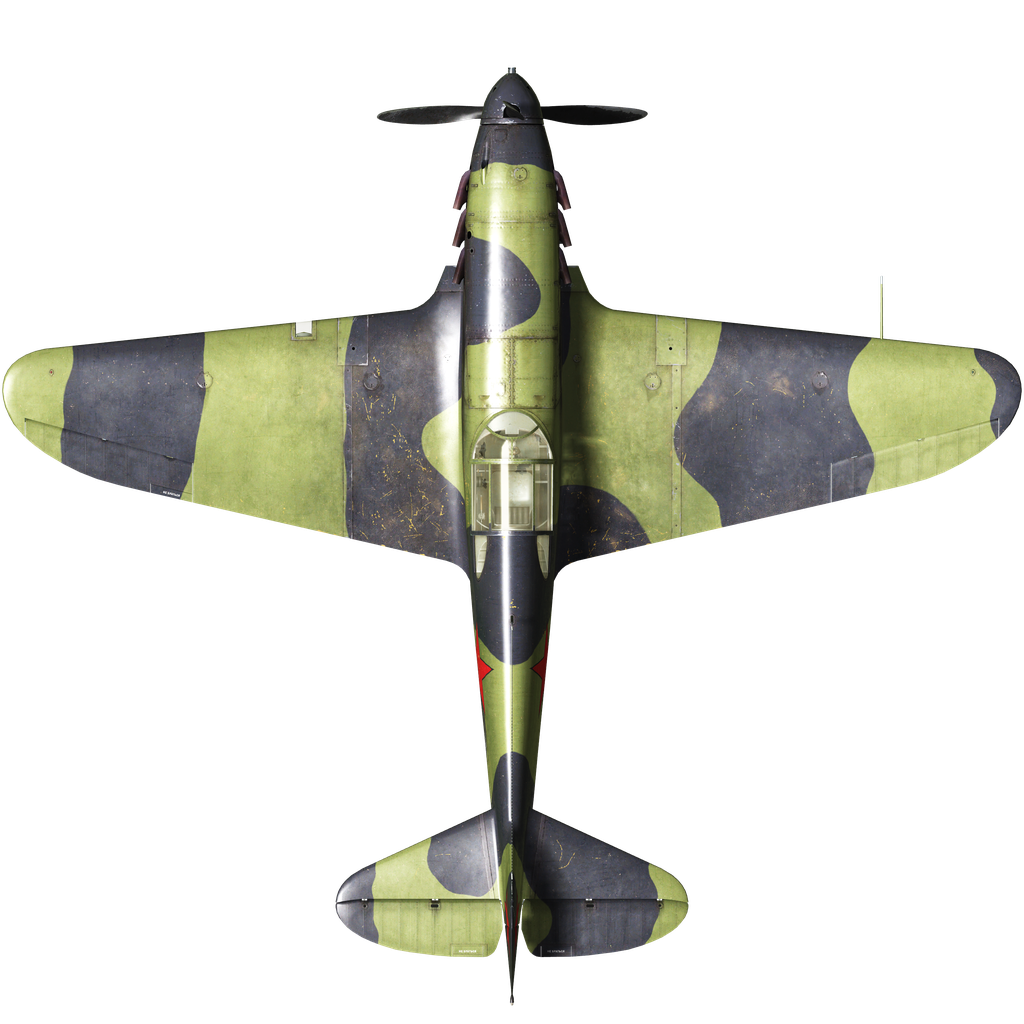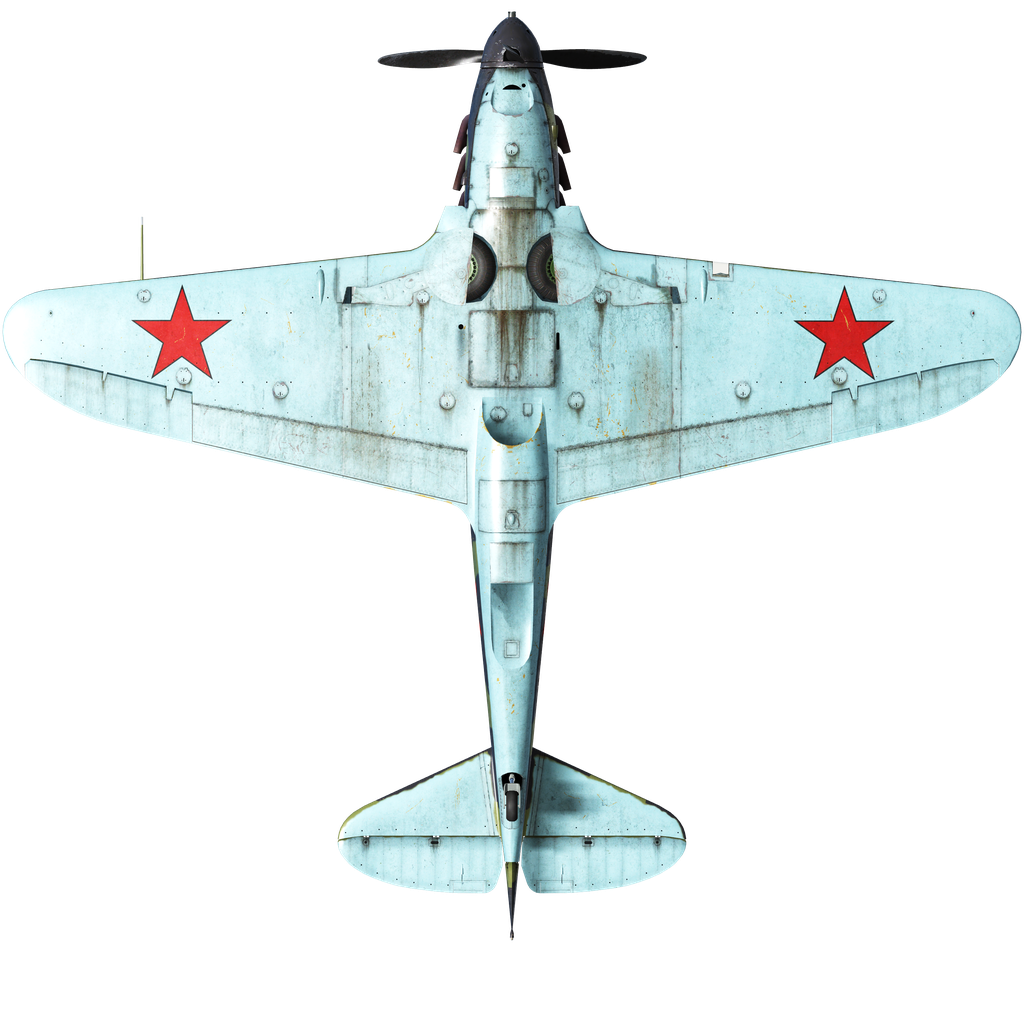By the end of the 1930s, wood was considered an inferior material in aviation, and all-metal aircraft were gradually replacing those made of wood. Nevertheless, Lavochkin and Gorbunov, as well as Gudkov, who participated in the competition for a new Soviet fighter, had a realistic view of the possibilities of the aluminum industry in the USSR, so the I-301 fighter they designed, which was first flown on March 28, 1940, had a mixed construction with extensive use of wood.
The most important structural elements used delta wood, a wood composite made by pressing resin-impregnated veneer. Delta wood was stronger than ordinary wood, non-flammable, and resistant to rot. However, its production required the purchase of chemical plasticizer components from abroad, with most supplies coming from Germany. At the start of the war, this caused immediate problems.
The aircraft was tested quite successfully and was named LaGG-1. After the fuel supply was increased, mass production began in 1941. The wooden wing of the LaGG-3 with plywood skin was generally similar to the wing of the Yak-1 fighter. The difference was that in response to military demands, which Yakovlev ignored, the designers made the wing detachable. This solution greatly facilitated transportation, field repairs, and recovery of downed aircraft from forced landings at the cost of complicating the design and increasing the weight.
In 1942, the production of the 29th series began, the design of which was modified to take into account the combat experience of the first year of the war.
The LaGG-3 of the 29th series was a single-seat monoplane fighter of mixed construction with a low-slung wing, a water-cooled engine designed by Klimov, and an enclosed cockpit. The fuselage consisted of a metal forward truss and a wooden monocoque built as a single unit with a tail fin. The entire wooden structure was glued together. The 29th series was equipped with more powerful M-105PF engines with an output of 1210 hp and reduced altitude. For the M-105PF, the optimum altitude at which it developed maximum power was only 2700 meters — according to the experience of the battles on the Eastern Front, aircraft operated at low altitudes. At an altitude of 700 meters, the M-105PF developed 1260 hp.
Externally, the 29th series aircraft could be distinguished by three exhaust stacks, which replaced the single exhaust stack common to previous production aircraft. Along with the exhaust stack, the lining that protected the fighter's skin from hot exhaust gases disappeared from the aircraft's structure. Otherwise, the LaGG-3 of the 29th series did not differ in any way from the machines of the previous series.
The armament consisted of one cannon and one large-caliber machine gun.
Feedback on the LaGG-3 was quite contradictory: it had a strong and durable design, but it was too heavy for the engine installed on the machine. It should be noted that the LaGG-3 was designed as a heavy fighter to fight bombers but was used as a front-line fighter, and in this role was inferior in effectiveness to the Yakovlev light fighters. In the skillful hands of experienced pilots, the LaGG-3, especially the lightweight versions, fought successfully against fighters. The famous Soviet ace G.D. Kostylev flew the LaGG-3 successfully against the Germans and Finns from 1941 to 1943, shooting down almost 30 enemy planes. P.M. Kamozin also earned the title of Hero of the Soviet Union while flying the LaGG-3.
Sources used:
1. Yakubovich N. "Lavochkin's Airplanes" 2002.
2. Ivanov S. "LaGG-3" War in the air. №68
3. Kudrin N. "LaGG-3 - "dark horse"" Journal "Wings of the Motherland", No. 5, 1999.
4. Materials of the site airwar.ru
